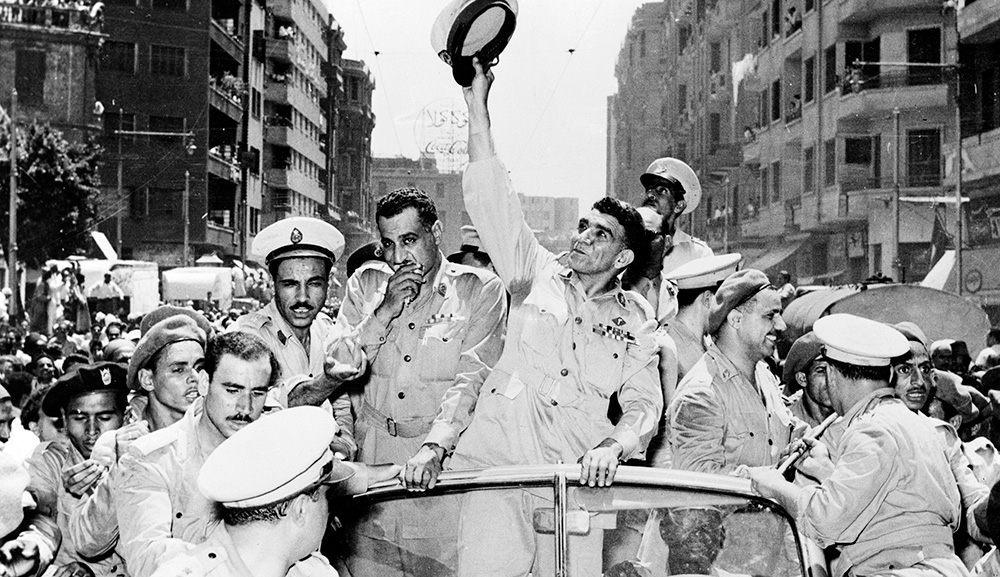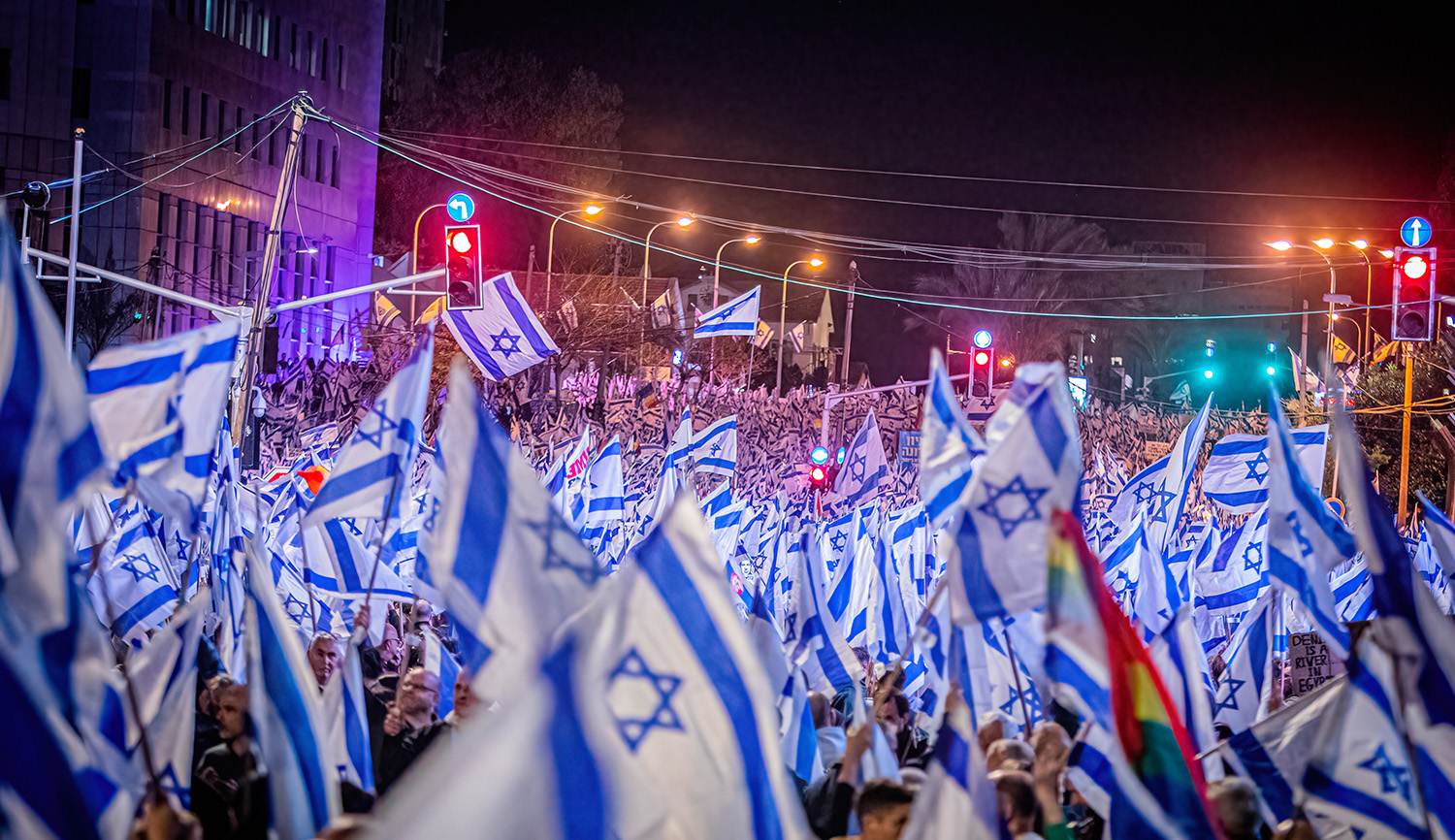Afterlives: Recovering the Lost Stories of Looted Art, on display at the Jewish Museum in New York City, includes masterpieces by the likes of Cézanne, Picasso, and Pissarro stolen from European Jews by the Third Reich and returned after the war. Yet even though the curators succeed in telling the story of some these works, they seem to lose the thread quickly thereafter, as Edward Rothstein writes:
Aside from a panel’s brief allusion to the Nazis’ “vast and systemic pillaging” and its continued “repercussions,” we get too little sense of the staggering scale of the theft and no sense of continuing repercussions. Nor do we learn the fate of works that were refused repatriation or were kept secret—like some 1,300 Nazi-era acquisitions discovered in 2010, in the home of Cornelius Gurlitt, the son of a Nazi art dealer. Also missing are any hints of the epic quests by heirs for restitution or stories of the continuing struggles faced by those still trying to reclaim family treasures.
Even more baffling is how quickly the show’s theme is abandoned. Perhaps half of the rest of the show is devoted to commissioned works by Maria Eichhorn, Hadar Gad, Dor Guez, and Lisa Oppenheim. And as with the looted art, these too receive a cursorily positive gloss. “Rather than focus on the lasting void left by the war,” the exhibition notes, they are “fueled by a sense of hope and discovery.” In the catalog, Claudia Gould, the museum’s director, writes that in a year of grappling with the “pandemic and rising threats to democracy,” the notion of art expressing “both trauma and survival” seems “crucial.”
Is that the banal point? Can the “pandemic” and supposed “rising threats to democracy” really be inspiration for exploring looted Nazi art and giving it all a redemptive spin? All to affirm art’s transcendence over suffering?
This loose-limbed carelessness treats history as if it were a burden. The most puzzling example is the exhibition’s gallery devoted to looted Jewish books and Judaica. . . . Throughout, the overall impression is of a calculated avoidance of both historical specificity and Jewish religious life—which is precisely what happens in the institution’s permanent exhibition, which displaces Jewish history and practice with ahistorical juxtapositions of artworks. This is the aesthetic that leaves “lost stories of looted art” in limbo.
Read more at Wall Street Journal
More about: Art, Holocaust, Holocaust restitution, New York Jewish Museum


